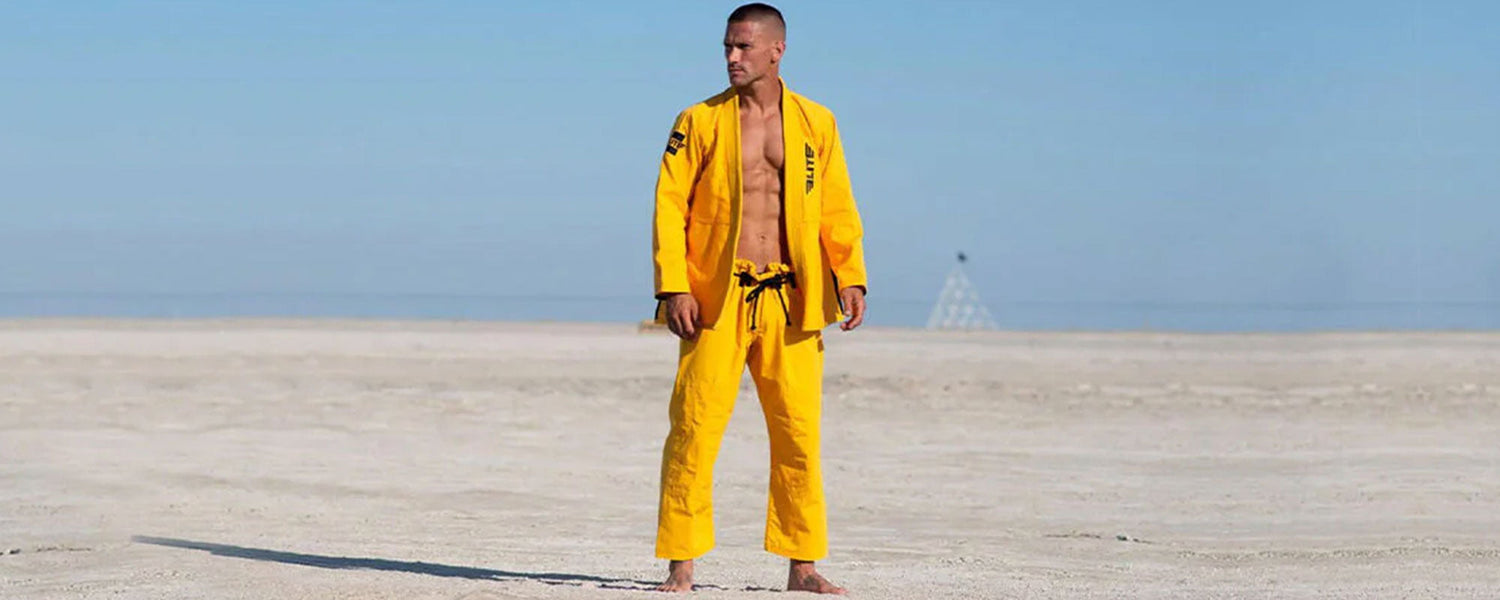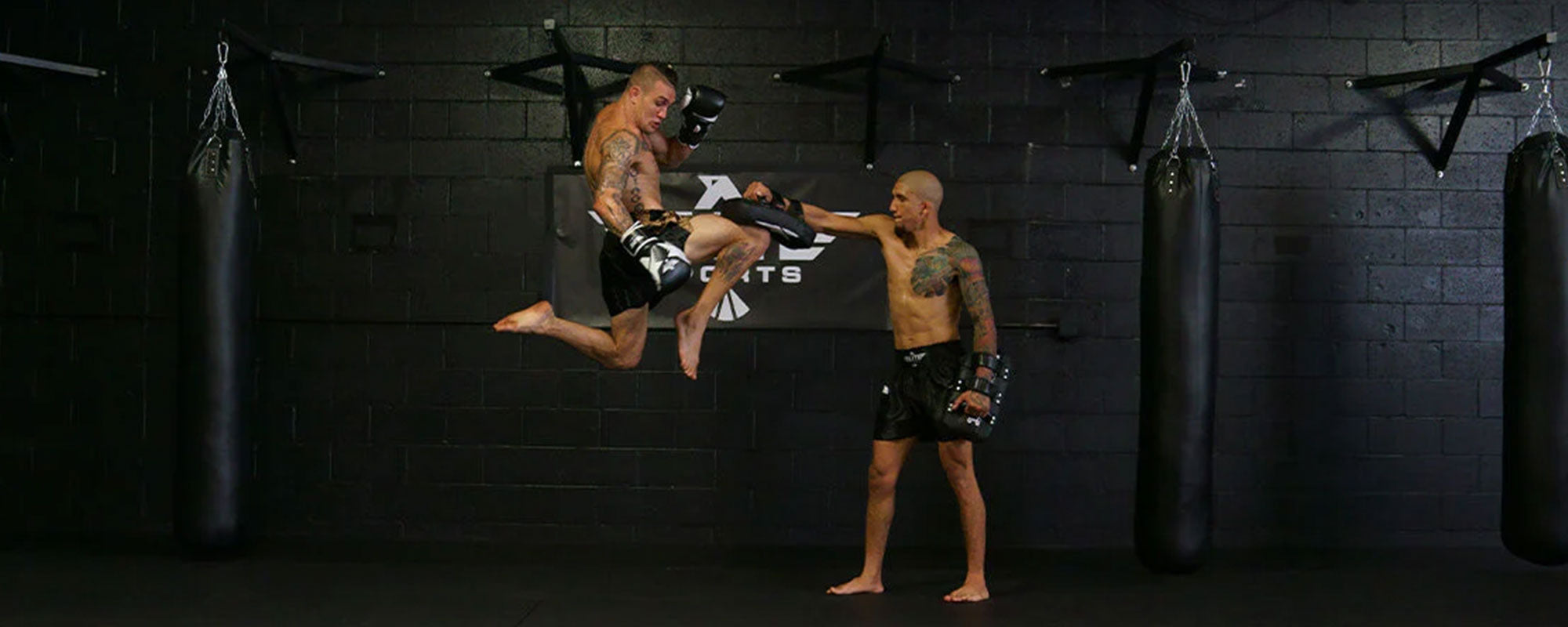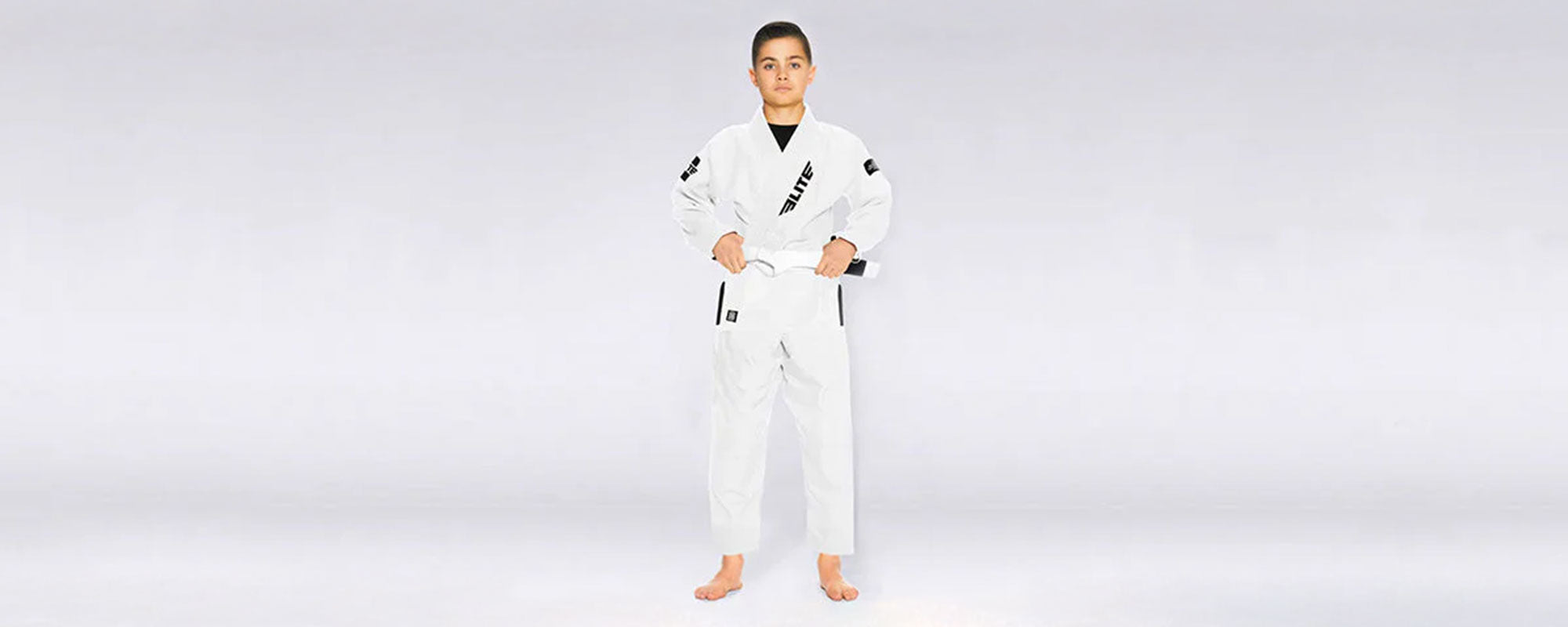Table of content
Brazilian Jiu-Jitsu or BJJ is a martial art that specializes in grappling and wrestling. You try to maneuver around your opponent so you can pin him or her to the mat while avoiding being put in a lock yourself. Unlike boxing or kickboxing, you cannot resort to punches or kicks to defend yourself, else you risk being reprimanded. Instead, you have to learn to rely on the weight of your mass and the grip of your limbs. This way you become proficient in positioning yourself quickly whether standing or on the ground.
The training required to be strong enough to go head-to-head with someone of a similar or heavier weight class than you would not be useful in matches only. BJJ requires that specific muscle groups be solid yet light as almost all of them are going to be exerted while engaged with an opponent. It would also be useful as a workout program, especially if you are interested in burning body fat and getting in shape.
If you are a martial arts enthusiast, a bodybuilder looking for something new, or someone trying out an unorthodox approach to exercises for the first time, BJJ may be perfect for you. Because of its universal appeal, it is possible for anyone to grasp the fundamentals of BJJ.
If you are interested, this article will help you learn which muscle groups will be worked on, potential BJJ workout programs to incorporate in your daily routine, descriptions of BJJ drills, and BJJ workout clothes that may help optimize efficiency.
1. Muscles Strengthened in BJJ Workout:
Since BJJ revolves around you being able to overcome your opponent even when stuck at a disadvantage, you have to make sure your body is well-rounded. Each of your muscle groups have to be strengthened to some extent so that they can compensate for one another when put under stress. In a fight, the muscles in the upper torso, core, and lower torso each have a role to play in offensive or defensive measures. This is why the muscles mentioned below have to be built up:
1.1. Back:
Muscles that help throw off your opponents. They aid you when pulling opponents towards you or the ground.
1.2. Chest:
Muscles that help push opponents away from you to gain distance and gripping their clothing when you attempt to grapple.
1.3. Shoulders:
Muscles that help push opponents away from you to gain distance and gripping their clothing when you attempt to grapple. They aid in submission moves when you are on top of the opponent.
1.4. Abs:
Muscles that help you control how much strength is exerted throughout the rest of your body. They also help maintain your center of balance.
1.5. Obliques:
Muscles that help maintain your breathing even when your abdominals are under stress.
1.6. Quads:
Muscles that help you stand your ground when your opponent’s attempt to knock you down. They can also give you the strength needed to lift opponents during throws.
1.7. Glutes Hamstrings:
Muscles that help with the flexibility of your hip. They also increase the length your legs can stretch. If working together with muscles in the upper body, they contribute to throwing opponents off-balance.
2. BJJ Workout Programs:
Many BJJ workout programs make sure to cover the essential muscle groups in your body. Almost all of them would satisfy your basic fitness needs. If you just want to focus on improving your physique, you may want to look at programs that primarily have cardio exercises. If you are looking for a challenge or want to deepen your understanding of BJJ, take the time to review plans that teach techniques along with putting you through general exercises. Here are a few examples of how to structure your workout programs:
2.1. Workout Program #1:
For this workout program, it works best if you have access to a gym or gym equipment. You should exercise for a minimum of 2 days per week. As you become used to your workout schedule, you can gradually increase the number of work days. To build up your muscles, you will need to do exercises that require use of barbells, dumbbells, or kettlebells. Do not overestimate how much weight you can lift and just start with what you know you can handle. Divide each work day into 3 periods with 2 to 3 exercises each. At the end of each session, pick out at least 10 exercises and vigorously complete them without taking any breaks.
2.2. Workout Program #2:
For this workout program, you should exercise for a minimum of 3 days per week. Exercises are conducted at a fast pace since they are done in quick succession of each other. The exercises themselves are highly intense and are completed in a short number of sets. Your starting goal should be to do 6 sets per workout. Potential equipment you should consider acquiring include kettlebells and dumbbells. Each work day is split up into 3 periods made up of 3 exercises each. Each period has to be done at least twice before initiating a short rest.
2.3. Workout Program #3:
For this workout program, it is most effective when done alongside training partners and with the guidance of an instructor. Warm-up is when the majority of cardio exercises will be completed. Exercises focused on building and solidifying muscles also make up this phase. The instructor will then teach you BJJ techniques that you will then practice executing on a partner of a similar build and skill level as you. When you have gained enough experience, you will engage in sparring matches to test your current knowledge. Your instructor will observe and step in to help you avoid injuring yourself or your partner. The session will conclude following this, so take this opportunity to enjoy a well-deserved rest.
3. BJJ Exercises Drills:
Now that you have step-by-step layouts of potential workout programs, you need to decide whether you want to do each drill in the order presented or if you want to make a few tweaks of your own. You may want to replace an exercise with another that is easier for you to do, but ensures you still work out the intended muscle group. Or you may want to remove an exercise temporarily until you learn how to do it properly.
Remember that you need an adequate number of exercises for each muscle group so that each is given enough attention necessary to build the proper muscle mass. Listed below are examples of exercises pertaining to BJJ:
3.1. Burpees:
Stand straight. Descend slowly so that both of your hands are planted onto the ground. Extend your legs so that only the tips of your toes are touching and you are parallel to the ground. Do a quick push-up then reverse the process until you are back in standing position.
3.2. Squats:
Stand straight. Bend your knees slightly with your arms straightened in front of you. Go down to the point where your bottom is thrust out. You will not touch the ground. Straighten your knees until you are back in standing position.
3.3. Pull-ups:
Spread your arms along the length of an elevated bar. Jump up and grab firmly with both hands using an overhand grip. Make sure that your feet are not touching the ground. Bend your arms as you lift yourself up until your chin is above the bar. Keep your arms bent slightly as you lower yourself slowly.
3.4. Barbell Bench Press:
Lie flat on your back on a bench. Spread your arms along the length of the bar. Grip firmly with both hands. Make sure to brace your back against the bench. Carefully lift the barbell off the rack and slowly bring it down towards your chest. Straighten your arms as you lift the barbell. Bend your arms slightly as you lower it back down. You can briefly rest the barbell on your chest.
3.5. Double Kettlebell Floor Press:
Lie flat on your back on stable ground. Grab the handles of both kettlebells at your sides and bring them to rest on top of your shoulders. Straighten your arms as you raise them above your chest. Bend your arms as you slowly bring the kettlebells back down to rest.
3.6. Armbar From Guard:
Sit down. Lie on your back with your hips twisted slightly and elevated off the ground. Spread your arms out on the sides to hold your location while keeping your hips elevated. Open your legs as far as possible then turn your whole body 180 degrees. Make sure to push your hips as high as possible with your knees pressed together.
3.7. Technical Stand Up:
Stand straight. Slowly descend until you are touching the ground. Roll backwards so that you are supported by your bottom while everything else is elevated. Spread out your arms to help with balance. Place your left hand on the ground to brace yourself while straightening your left leg. Have your right foot planted on the ground. Use your left hand to push off while your leg remains straight. Jump up while using your right foot as a foundation to get back up to a standing position.
3.8. Rocking Chairs:
Sit down. With your knees bent, balance on your bottom and roll backwards. As you are being propelled backwards, have your right knee bent towards the left so that the foot is positioned underneath your left knee without touching. Push forward so that you come up in a kneeling position. You should be resting on your bent left leg while your right foot is planted firmly on the ground.
3.9. Sparring:
If you prefer working with others, you may want to try out BJJ techniques with a sparring partner. If you wish to incorporate grappling, submission, and takedown moves in your workout, you would have better luck perfecting them on a living person rather than an imaginary opponent. Depending on the weight and height of your partner, you may soon find that your strength will begin to measure up.
4. BJJ Workout Clothes
As you continue to plan out your BJJ workout schedule, you may want to consider finding yourself clothing appropriate to the sport before you begin. While BJJ workouts include general cardio exercises that fit within other body fitness regimens, it is suggested you do not wear casual wear. Everyday clothes may prove a hindrance during your exercises as they may not be designed to handle the intense pace BJJ drills move at. Instead, you may want to invest in an attire that allows you to push your body’s limits while allowing you to be comfortable in the process.
A BJJ Gi is the traditional uniform which includes a long-sleeved shirt and a pair of long pants. With a robe that can be tucked in and secured with a belt, the gi has plenty of space in its openings to allow freedom of movement. It also has the added benefit of having good breathability. Because of the large cuts at the hems and collar, air is able to flow freely which allows for expedient evaporation of sweat. As the loose sections of a BJJ Gi can be grabbed during throws and takedowns, they are designed to resist tearing. When selecting a Gi, make sure that it fits your size. If it is too large or too small, you may find your movements will not be optimal. There are several features to carefully examine when searching for a BJJ Gi.
If you do not believe a gi would work for you, there are other workout clothes that are a bit closer to casual wear. BJJ shorts are also made of materials that help keep them from tearing, but also have slits on the legs to allow freedom of movement. BJJ pants have an adjustable waistband that can be secured with a drawstring. There is also the added bonus of the materials preventing fungi and bacteria from accumulating due to sweating. BJJ rash guards are made to follow your movements so as to avoid riding up uncomfortably against you. They can be worn independently or underneath your gi. BJJ tank tops have large openings that allow good air flow and therefore help keep you cool. While without sleeves, it is no less durable or fitting as any other article of workout clothing. There are pros and cons regardless of which workout clothing you end up choosing.
5. Takeaway:
If you were drawn to BJJ because learning how to master a martial art while getting a toned, muscular body in a package deal sounded appealing, keep in mind that it will not be an easy journey. Picking a BJJ workout program is not about choosing the one that is most accommodating. It is about selecting the workout program that you are confident you can tackle and then eventually grow beyond. Getting in shape is a personal commitment and how much progress you make depends on how much effort you are willing to put into it. Being mindful of which muscle groups to train, sticking to your workout schedule, finishing the list of exercises, and determining your workout attire are things you need to be responsible for. Remembering these factors do not open up shortcuts, they are just part of the process. If you devote enough time and energy to meeting the demands of your workout, your body will definitely reap the benefits of your labors.













Leave a comment
This site is protected by hCaptcha and the hCaptcha Privacy Policy and Terms of Service apply.